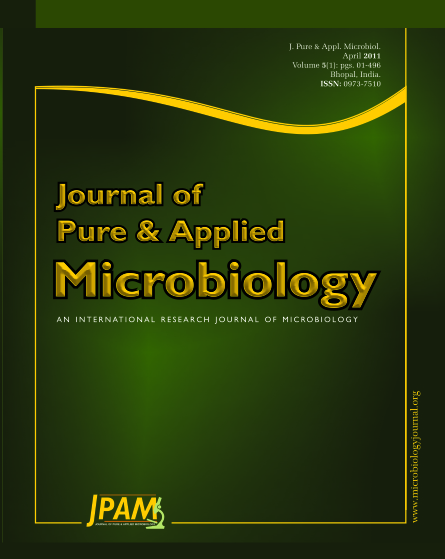Anabaena cycadeae, isolated locally from Cycas coralloid roots in clonal and axenic cultures, is capable of photoautotrophic, photoheterotrophic, photomixotrophic and heterotrophic diazotrophic growth. Cultures grown in DCMU with or without Na2S showed no photosynthetic growth but when grown in presence of sulphide (reducing condition) showed better growth than culture grown aerobically. The enhanced growth in Na2S may be because of sulphide, acting simultaneously with water as source of electron. It is interesting to mention that DCMU or DCMU with Na2S treated N2-culture showed dominance of water soluble pigment (phycocyanin). This indicates that cultures grown under this condition do not starve for endogeneous nitrogen reserves. A slight increase in heterocyst differentiation was observed under reducing conditions. In all cases spore initiation always occured from mid cells between two heterocyst and subsequently extended towards either of heterocyst resulting into a chain of spore and took 22-26 days to develop spore. Heterocyst frequency increased from 8-14% in reducing condition and reduced drastically in DCMU treated culture. Addition of glucose to DCMU cultures, protected heterocyst inhibition while no heterocysts were observed in DCMU and Na2S supplemented medium. The level of total nitrogen increased in cultures grown in glucose supplemented DCMU medium with increase in heterocyst frequency under similar growth condition.
DCMU, Na2S, Growth, Heterocyst, Spore, Anabaena cyeadeae
© The Author(s) 2011. Open Access. This article is distributed under the terms of the Creative Commons Attribution 4.0 International License which permits unrestricted use, sharing, distribution, and reproduction in any medium, provided you give appropriate credit to the original author(s) and the source, provide a link to the Creative Commons license, and indicate if changes were made.


